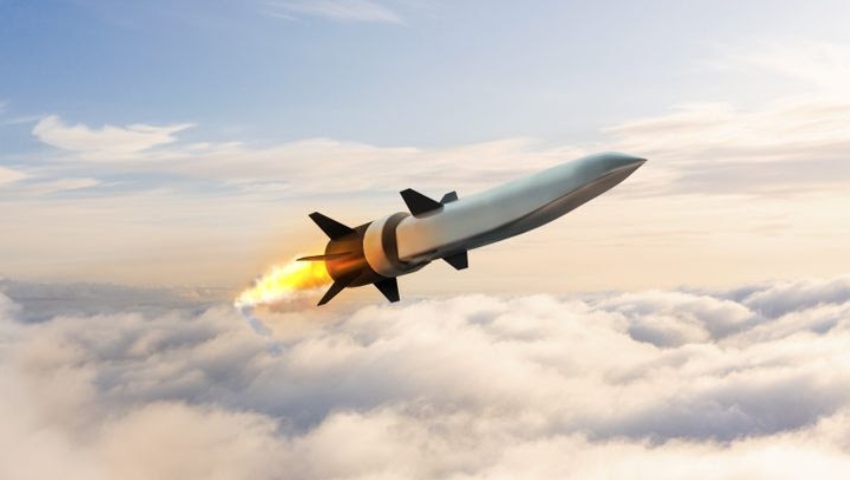The primes have conducted another successful test flight of a scramjet-powered hypersonic missile.
Raytheon Missiles & Defense and Northrop Grumman have completed the second flight test of the scramjet-powered Hypersonic Air-breathing Weapon Concept (HAWC) in cooperation with the Defense Advanced Research Projects Agency (DARPA) and the US Air Force.
Drawing from results from the first flight test, the exercise aimed to mature the operationally relevant weapon concept design.
HAWC was released from an aircraft and accelerated to hypersonic speeds leveraging the scramjet engine, with the vehicle flying a trajectory that engineers designed to intentionally stress the weapon concept and explore its limits.
The test reportedly achieved all primary and secondary objectives, which included demonstrating tactical range capabilities.
“The test demonstrated how we’ve rapidly matured affordable scramjet technology, which is the basis for air-breathing weapons,” Colin Whelan, president of advanced technology for Raytheon Missiles & Defense, said.
“Our second HAWC flight test success is an important milestone for our nation as we advance hypersonic systems.”
Scramjet engines are designed to use high vehicle speed to forcibly compress incoming air before combustion, aimed at enabling sustained flight at hypersonic speeds – Mach 5 or greater.
The system is built to leverage a widely available hydrocarbon fuel, with its use of air for combustion removing the need for the vehicle to carry the added weight of an onboard oxidiser.
These features enable HAWC to reach targets sooner than traditional missiles, allowing them to potentially evade defence systems.
“The second flight test is a big step toward scramjet technology being mission ready,” Dan Olson, vice president and general manager, weapon systems, Northrop Grumman, said.
“Nearly 20 years of scramjet propulsion research and development have come to fruition to significantly advance our nation’s weapon capabilities.”
This joint project between Raytheon Missiles & Defense and Northrop Grumman commenced in 2019 with the objective of developing, producing and integrating Northrop Grumman’s scramjet engines onto Raytheon’s air-breathing hypersonic weapons.
This latest flight test comes just weeks after the primes secured a firm fixed price other transaction (OT) agreement modification by the Missile Defense Agency (MDA), enabling the companies to continue their development of the Glide Phase Interceptor (GPI) system.
The GPI capability, which forms part of the MDA’s regional hypersonic missile defence program, is expected to enhance deterrence and defences against hypersonic missile threats.
The contract modification builds on the initial 2021 award, which entailed an accelerated concept design for a GPI prototype.
[Related: Northrop Grumman, Raytheon progress through hypersonic missile defence program ]








